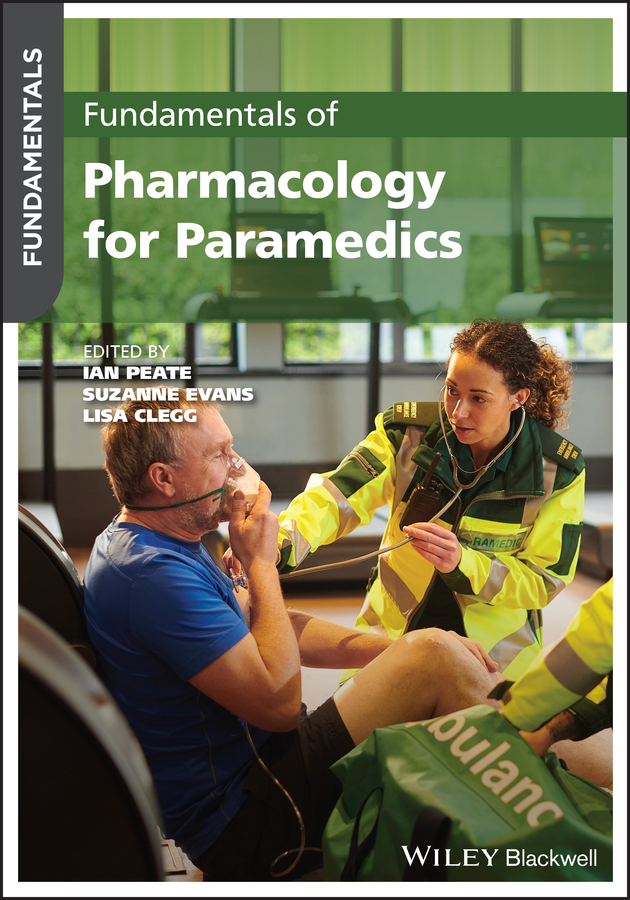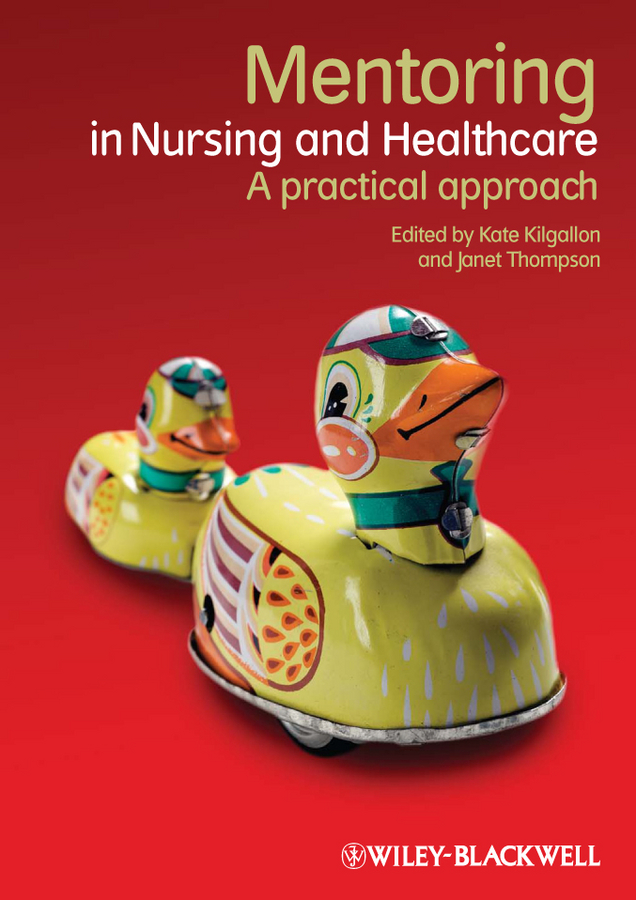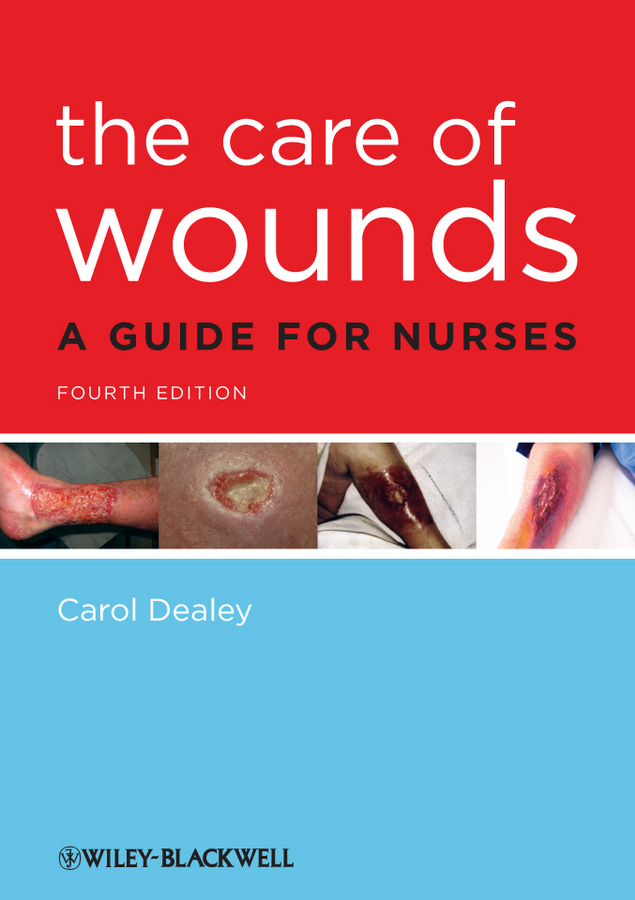CLCR47
LanguageENG
PublishYear2022
publishCompany
Wiley
EISBN
9781119724315
PISBN
9781119724285
edition
1
- Product Details
- Contents
This book will help readers develop their competence and confidence within the field of pharmacology as related to paramedic science enabling them to recognise and respond compassionately to the needs of their patients, to work in partnership with them and if appropriate their families. At the beginning of the systems chapters, the reader will be provided with a brief overview of the associated anatomy and physiology related to that system. There will be links to pathophysiology when appropriate. It adopts a practical approach and where appropriate practice exercises will be incorporated encouraging the reader to apply the theory to practice. In order to enhance understanding the chapters will have several summary sections interspaced, enabling the reader to digest the bite sized theory. There will be a range of interactive activities to encourage the reader to take stock and carry out activities pertinent to the chapter. Interspaced throughout the chapters will be boxed activities, for example, exercises encouraging the reader to engage with elements from the 6Cs. Clinical flags are used in several health and social care areas, this text will use red flags to alert the reader to issues that are pertinent to that chapter that should be given special attention. Reflective boxes are included to encourage the reader to think about key issues further. Each chapter (where appropriate) will contain a case study that is used to reinforce learning and to apply the theory to practice. The case studies will reflect the diverse range of communities the paramedic offers care and support to, including, those with MH problems, the elderly and frail, people with a learning disability, children, pregnancy, homelessness, those in places of detention. The case studies should also reflect the various care environments including the GP surgery, the urgent care setting, outside events and alternative venues. Each of the chapters begins with an aim and learning outcomes to enable the reader to contextualise and focus on the chapter content. There are 5 test yourself questions at the beginning of the chapter so the reader can assess/gauge their current knowledge base. Chapters end with an explicit conclusion bringing chapter content together. Resource links are provided using electronic links or reference to appropriate literature that will help the reader seek further support and access additional information should this be required. There are 5 post test questions that will again allow the reader to assess/gauge their knowledge base. 10 MCQs are provided to stimulate learning and self-assess development.











